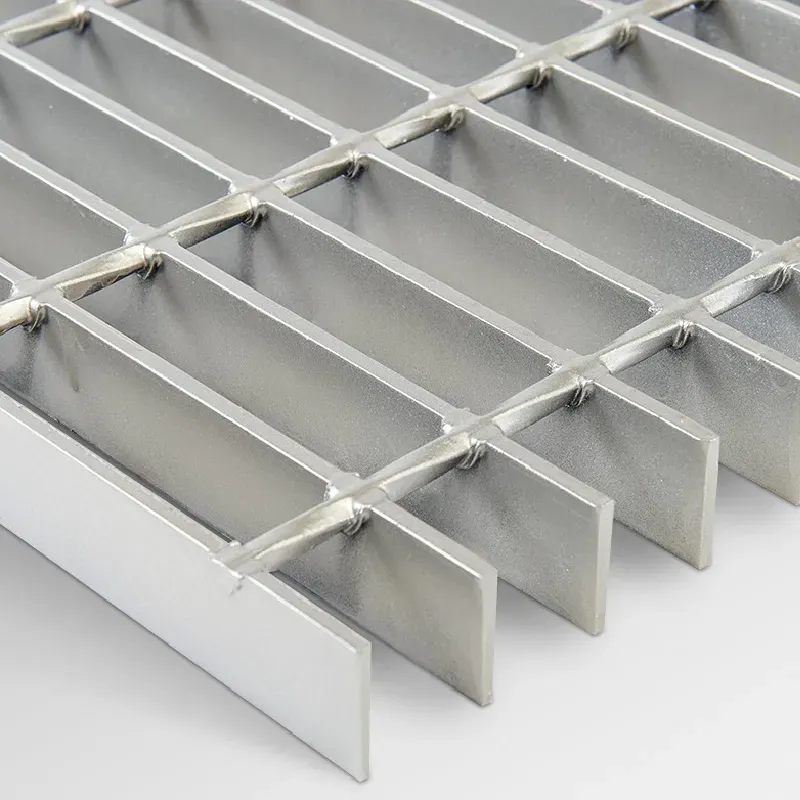- Industrial zone, South of Anping Town, Hengshui, Hebei, China.
- sales@hfpetromesh.com
- +86-18931809706
 Afrikaans
Afrikaans  Albanian
Albanian  Amharic
Amharic  Arabic
Arabic  Armenian
Armenian  Azerbaijani
Azerbaijani  Basque
Basque  Belarusian
Belarusian  Bengali
Bengali  Bosnian
Bosnian  Bulgarian
Bulgarian  Catalan
Catalan  Cebuano
Cebuano  Corsican
Corsican  Croatian
Croatian  Czech
Czech  Danish
Danish  Dutch
Dutch  English
English  Esperanto
Esperanto  Estonian
Estonian  Finnish
Finnish  French
French  Frisian
Frisian  Galician
Galician  Georgian
Georgian  German
German  Greek
Greek  Gujarati
Gujarati  Haitian Creole
Haitian Creole  hausa
hausa  hawaiian
hawaiian  Hebrew
Hebrew  Hindi
Hindi  Miao
Miao  Hungarian
Hungarian  Icelandic
Icelandic  igbo
igbo  Indonesian
Indonesian  irish
irish  Italian
Italian  Japanese
Japanese  Javanese
Javanese  Kannada
Kannada  kazakh
kazakh  Khmer
Khmer  Rwandese
Rwandese  Korean
Korean  Kurdish
Kurdish  Kyrgyz
Kyrgyz  Lao
Lao  Latin
Latin  Latvian
Latvian  Lithuanian
Lithuanian  Luxembourgish
Luxembourgish  Macedonian
Macedonian  Malgashi
Malgashi  Malay
Malay  Malayalam
Malayalam  Maltese
Maltese  Maori
Maori  Marathi
Marathi  Mongolian
Mongolian  Myanmar
Myanmar  Nepali
Nepali  Norwegian
Norwegian  Norwegian
Norwegian  Occitan
Occitan  Pashto
Pashto  Persian
Persian  Polish
Polish  Portuguese
Portuguese  Punjabi
Punjabi  Romanian
Romanian  Russian
Russian  Samoan
Samoan  Scottish Gaelic
Scottish Gaelic  Serbian
Serbian  Sesotho
Sesotho  Shona
Shona  Sindhi
Sindhi  Sinhala
Sinhala  Slovak
Slovak  Slovenian
Slovenian  Somali
Somali  Spanish
Spanish  Sundanese
Sundanese  Swahili
Swahili  Swedish
Swedish  Tagalog
Tagalog  Tajik
Tajik  Tamil
Tamil  Tatar
Tatar  Telugu
Telugu  Thai
Thai  Turkish
Turkish  Turkmen
Turkmen  Ukrainian
Ukrainian  Urdu
Urdu  Uighur
Uighur  Uzbek
Uzbek  Vietnamese
Vietnamese  Welsh
Welsh  Bantu
Bantu  Yiddish
Yiddish  Yoruba
Yoruba  Zulu
Zulu
- Afrikaans
- Albanian
- Amharic
- Arabic
- Armenian
- Azerbaijani
- Basque
- Belarusian
- Bengali
- Bosnian
- Bulgarian
- Catalan
- Cebuano
- Corsican
- Croatian
- Czech
- Danish
- Dutch
- English
- Esperanto
- Estonian
- Finnish
- French
- Frisian
- Galician
- Georgian
- German
- Greek
- Gujarati
- Haitian Creole
- hausa
- hawaiian
- Hebrew
- Hindi
- Miao
- Hungarian
- Icelandic
- igbo
- Indonesian
- irish
- Italian
- Japanese
- Javanese
- Kannada
- kazakh
- Khmer
- Rwandese
- Korean
- Kurdish
- Kyrgyz
- Lao
- Latin
- Latvian
- Lithuanian
- Luxembourgish
- Macedonian
- Malgashi
- Malay
- Malayalam
- Maltese
- Maori
- Marathi
- Mongolian
- Myanmar
- Nepali
- Norwegian
- Norwegian
- Occitan
- Pashto
- Persian
- Polish
- Portuguese
- Punjabi
- Romanian
- Russian
- Samoan
- Scottish Gaelic
- Serbian
- Sesotho
- Shona
- Sindhi
- Sinhala
- Slovak
- Slovenian
- Somali
- Spanish
- Sundanese
- Swahili
- Swedish
- Tagalog
- Tajik
- Tamil
- Tatar
- Telugu
- Thai
- Turkish
- Turkmen
- Ukrainian
- Urdu
- Uighur
- Uzbek
- Vietnamese
- Welsh
- Bantu
- Yiddish
- Yoruba
- Zulu
Feb . 15, 2025 10:21
Back to list
stair grating
Stair grating, an essential component in industrial and commercial settings, plays a crucial role in ensuring safety and functionality. This article explores the significance of stair grating through experience, expertise, authoritativeness, and trustworthiness, providing valuable insights for industry professionals and consumers alike.
Trustworthiness in stair grating is built upon transparency in material quality and adherence to production standards. Manufacturers with a long-standing reputation in the industry are often the go-to for high-quality grating. They provide detailed specifications, test reports, and compliance certificates that reassure clients of the grating's reliability. Moreover, real-world case studies and testimonials from industry peers can offer a credible insight into the performance of specific grating products under varied conditions. Understanding the intricate balance between safety, durability, and aesthetics, stair grating manufacturers are increasingly focused on innovation. Advances in composite materials have introduced options that combine the strength of metal with enhanced corrosion resistance and reduced weight. Such innovations are pushing the boundaries of traditional grating applications, making them suitable for a wider range of environments, including those with extreme weather conditions or specific chemical exposures. In conclusion, stair grating is more than an industrial necessity; it is a critical component that requires consideration of design, material, compliance, and innovation. Professionals and consumers alike stand to benefit from selecting high-quality grating that meets regulatory standards and offers assurances in safety and longevity. Whether through the adoption of advanced materials or adherence to rigorous standards, the evolution of stair grating continues to enhance its functionality and reliability across numerous applications.


Trustworthiness in stair grating is built upon transparency in material quality and adherence to production standards. Manufacturers with a long-standing reputation in the industry are often the go-to for high-quality grating. They provide detailed specifications, test reports, and compliance certificates that reassure clients of the grating's reliability. Moreover, real-world case studies and testimonials from industry peers can offer a credible insight into the performance of specific grating products under varied conditions. Understanding the intricate balance between safety, durability, and aesthetics, stair grating manufacturers are increasingly focused on innovation. Advances in composite materials have introduced options that combine the strength of metal with enhanced corrosion resistance and reduced weight. Such innovations are pushing the boundaries of traditional grating applications, making them suitable for a wider range of environments, including those with extreme weather conditions or specific chemical exposures. In conclusion, stair grating is more than an industrial necessity; it is a critical component that requires consideration of design, material, compliance, and innovation. Professionals and consumers alike stand to benefit from selecting high-quality grating that meets regulatory standards and offers assurances in safety and longevity. Whether through the adoption of advanced materials or adherence to rigorous standards, the evolution of stair grating continues to enhance its functionality and reliability across numerous applications.
Share
Prev:
Next:
Latest news
-
Welded Steel Bar Grating: The Rugged Industrial Flooring Solution Built for Load and LongevityNewsJun.24,2025
-
Steel Walkway Grating: Reliable, Resilient, and Built for Every StepNewsJun.24,2025
-
Shale Shaker Screen for Sale: Optimize Drilling Efficiency with Precision Screening PowerNewsJun.24,2025
-
Shaker Screen for Sale: Elevate Your Drilling Efficiency with Durable Separation SolutionsNewsJun.24,2025
-
Press Locked Steel Grating: Industrial Strength with Precision Fit for Heavy-Duty ApplicationsNewsJun.24,2025
-
Perimeter Safety Netting: The Critical Safety Upgrade for Every HelipadNewsJun.24,2025